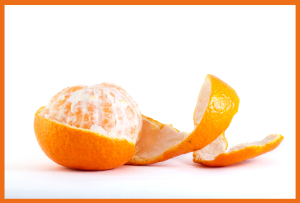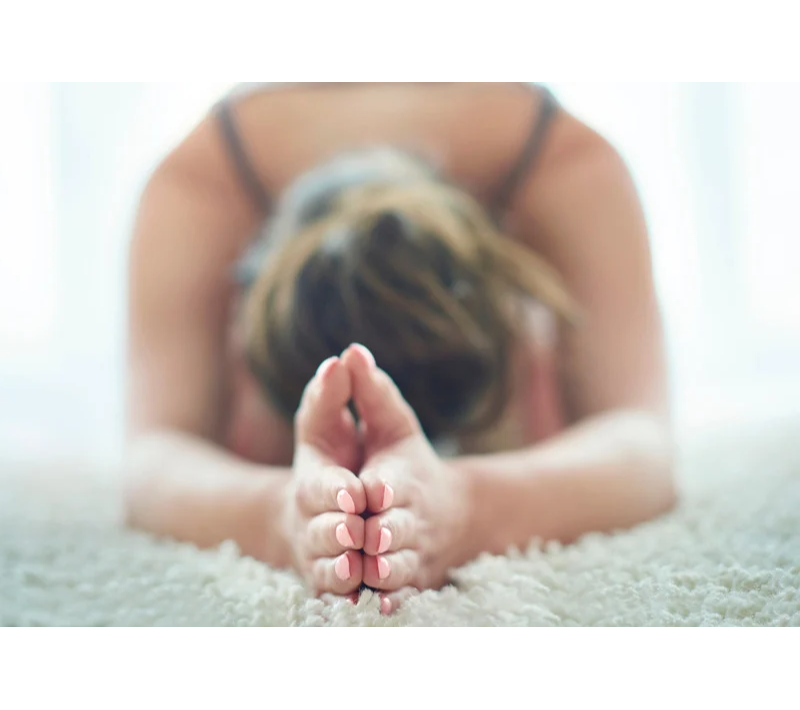Yin Yoga
By Pip on 23rd March 2024
You may have noticed a new class on Friday mornings combining Self Myofascial Release with Yin Yoga.
Veronica has written the following to explain what Yin Yoga is all about.
What is Yin Yoga?
Yin Yoga is a fairly new style of Yoga that looks to hold passive Hatha-style poses for long periods – typically 3 to 10 minutes, with the support of props such as blocks, cushions and bolsters. The goal is to stretch deeper connective tissues (Yin tissues) such as tendons, fascia and ligaments (i.e. not muscles) and evidence shows that regular practice can increase flexibility, circulation and the overall range of motion in our joints and ligaments.
Origin of Yin Yoga
Yin Yoga was developed by Paul Grilley in the late 1980’s. As a Yoga teacher, Paul was inspired by Paulie Zink, a martial arts champion and Taoist Yoga master. After months of training with Paulie, Paul began to teach passive stretching classes to his students, where he saw rapid improvements in their range of motion.
Why the long holds?
These deeper Yin tissues tend to be less elastic and have less blood supply and therefore need more time to stretch. Long and gentle holds also stimulate the production of hyaluronic acid, which helps lubricate our tissues and joints, enabling us to continue to move well as we age.
What is fascia?
Fascia is a continuous, 3-dimensional web of connective tissue that wraps around all our muscles, bones, tendons and organs. Think of an orange:- The skin of an orange is like our skin – then just under the thick skin of an orange you find a white layer that surrounds the whole fruit. Under our skin, we have a layer of superficial fascia that stores, fat and water and acts as a passageway for lymph, nerve and blood vessels. It also acts as a protective padding to cushion and insulate us, and as a container for all the liquid in our body.

Returning to the orange, each orange slice is separated by white fibres, just as in our body, fascia wraps around each group of muscles and each muscle individually. This allows our muscles to slide across each other without friction. Then, in the orange slice, each tiny sack of juice is surrounded by more fascia to keep the liquid from draining out, just as every cell in our body is separated by fascia. When the orange is young and fresh, the white fibres are moist and strong, but as it ages, the orange shrinks and the fibres become dry and weak. Not unlike our bodies…!!
What can cause fascia to become tight
Fascia can become dehydrated, stiff and tight due to underuse, overuse and misuse. However, it can also become tight due to various conditions, inflammation, injuries, traumas, poor posture, sedentary or repetitive postures, emotional or psychological stress.
The importance of releasing fascia
Symptoms of tight fascia can include muscle pain and spasms, unexplained pain, headaches, chronic pain, recurring pain, poor posture, reduced flexibility, difficult and inefficient breathing and organs not functioning optimally. It can be a vicious circle. If fascia is tight, it can cause difficulties breathing efficiently, which can then lead to more tightness and tension. The weblike structure is also interwoven with blood vessels and nerves, so when fascia is tight for long periods, it begins to put unnecessary pressure on those nerves and blood vessels, causing pain and restricting circulation.
It can also restrict the lymphatic system, making it harder for our body to get rid of waste products and toxins properly and do simple processes. Fascial tension and tightness often sneaks up gradually overtime, so that sometimes we don’t notice it until it has a big impact on our lives.
What is hyaluronic acid?
Hyaluronic acid (HA) is not just an ingredient that you may seek in your daily skincare products! It is a carbohydrate found in the body – a jelly-like substance that binds and lubricates the fascia, keeping the fibres moist and elastic. It separates and cushions our cells allowing the tissue to bear weight, withstand tension and endure wear and tear. As we age, our bodies production of HA decreases and our tissues dry up (hence why you often find it in creams that claim to reduce wrinkles). Deep stretching of connective tissue has been shown to help stimulate the production of HA, keeping our tissues younger and healthier.
Benefits of Yin Yoga
There are many benefits of Yin Yoga. It can:
- Rejuvenate the fascia, making it more adaptable and improving the distribution of nutrients and removal of waste products therefore improving the overall function of the body.
- Improve joint range, movement and health
- Improve the flexibility of tendons so that they are more adaptable to the demands we place on them and therefore reducing the risk of injury
- Reduce muscle spasms, pain and recurring injuries
- Improve breathing
- Relieve headaches and migraines
Yoga activates the parasympathetic nervous system, which allows our body to send the majority of the blood to the organs and glands so that we can rest, digest, carry our necessary repairs, release toxins and manage hormone production . It therefore also has many mental and emotional benefits such as:
- Improving mental clarity
- Reducing stress, anxiety and depression
- Balancing hormones – some poses also stimulate the endocrine glands which leads to better hormonal regulation and emotional states
Can I just do Yin Yoga?
Yin Yoga stretches the deeper connective tissues, but muscles still also need to be worked and stimulated, so we all ideally still need some Yang in our lives! It is therefore not intended to be a complete practice, but rather a compliment to more active forms of yoga and exercise.
For our timetable of all classes April-May 24: timetable april 24


